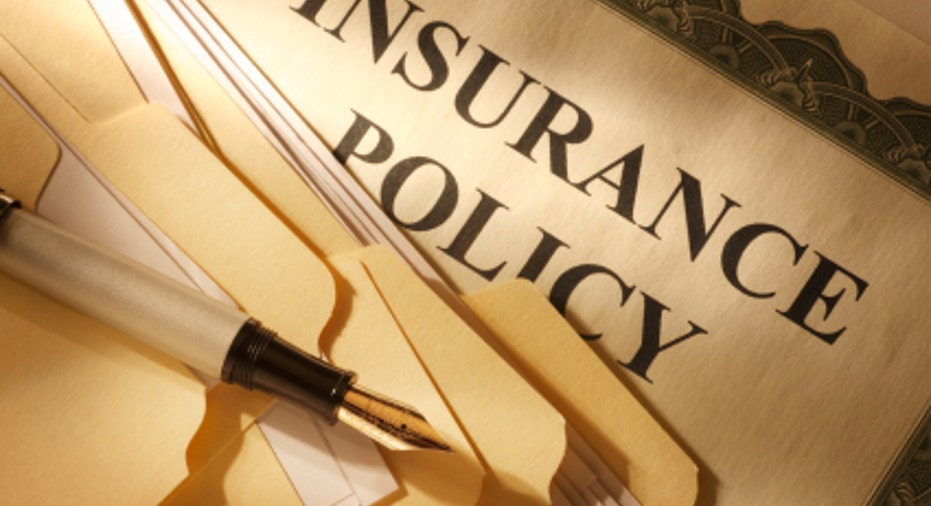The Ins and Outs of Homeowner’s Insurance

One of the things people rarely pay much attention to when they buy a property, is whether they have adequate dwelling hazard and liability insurance, otherwise known as homeowner’s insurance. Getting a policy is easy and almost always obtained when someone closes escrow on their home or rental property. But is it the right type and amount of insurance? Most people reading this sentence probably would admit that they have no idea about their homeowner’s coverage, but they should know, considering it protects their largest asset.
Let’s run through a few basics so that you can help yourself understand your policy and ensure you have the proper coverage in place for your needs. Go head and pull out your insurance policy binder, it’s about 40 pages thick, then flip to the third or fourth page that contains line items like: Building/Dwelling, Separate Structures, Personal Property, Loss of Use, Medical, and Extended Replacement. This section also includes corresponding amounts of maximum coverage, which tells you how much coverage you have in case of a loss. You need to look at each line item of coverage and discuss with your agent if you believe that amount is sufficient.
Building/Dwelling Coverage
The top item is usually for building/dwelling/property and that covers the cost to rebuild your property for covered perils like fire, wind damage, vandalism, etc. The coverage is based on your selected estimate of the cost to rebuild the structure, not the land value as land rarely gets destroyed and regardless is not covered by insurance. Additionally, your normal policy does not cover earthquakes or floods, either, but you can get separate policies for these if you are in earthquake or flood-prone areas. Policies for these perils can be expensive, but you decide if it’s worth it. Other items are also not covered like wear and tear, so talk to your agent about what is and what isn’t covered.
While your agent can help you estimate how much coverage you need for one of the line items like building/dwelling (e.g., $400,000 coverage for a 2,500 square foot house based on the size, quality of building materials, age of property, etc), you ultimately pick the dollar amount of coverage. Don’t under-insure, but don’t over-insure, either. Most important is to make sure to review your policy each year and increase your coverage to an appropriate amount if local building costs increase.
Liability Coverage
Many people don’t know this but you also have liability coverage with your homeowner’s policy. For example, if your dog bites someone or if someone slips on your property and gets hurt and you get sued, the insurance provider will step in and pay for a lawyer to defend you and/or pay any settlement or judgment against you. But that coverage has a limit of how much they will pay, usually about $300,000. If you have net worth above that, you can buy additional liability coverage called an umbrella policy in increments of $1,000,000 of additional coverage. It’s dirt cheap too, like $350 per year for an additional million dollars in coverage, so go for it if you think you need it.
Deductibles
The deductible amount is chosen by you. A deductible is how much you pay out of pocket for a loss. If you have a $500 deductible, and there is a $7,500 loss, you pay the first $500 and the insurance carrier pays the other $7,000 up to your maximum covered loss. The higher the deductible you choose, the lower the annual insurance premium you pay. Likewise, the lower the deductible, the higher the annual insurance premium you pay. Discuss this with your insurance professional and decide what makes sense for you.
HOA/Common Interest Development Properties
If you own a unit in a condominium, townhome, co-op, PUD or any other common interest development, whether a personal residence or an investment property, make sure you have an interior HO-6 policy that covers you for damage to the inside of your unit, PLUS for liability. This isn’t covered by most homeowners association’s master insurance policy.
You don’t want to wait until you or your tenant accidentally floods the nine units below you and every one of those nine owners is looking to you to reimburse them for their losses. Your HO-6 policy should cover this liability and damage – discuss the coverage with your agent. You should also get a copy of your HOA’s master insurance policy and meet with your personal insurance agent to determine if there are any gaps in coverage.
Specialty Items
Additionally, normal policies don’t cover expensive jewelry, artwork, firearms, precious metals, etc. If you have expensive “other” items, make sure to discuss these with your agent and get the proper coverage in place.
The last item to note is that insurance is for major financial losses that will cause a disruption to your life and livelihood if you did not have the coverage in place to pay for all the damage. You generally should not make small claims because the insurance carriers will raise your rates and/or eventually if you make enough minor claims they may drop you from coverage. Reserve making claims for when everything hits the fan.
Having the proper type and amount of insurance in place is vital in today’s world. Pull out your policy and schedule a talk with your agent to discuss what you have and what you need. This should help you sleep better at night by knowing if there is a big loss, you’ve got some help on your side.
Read more from Zillow:
Financial Resolutions for 2012